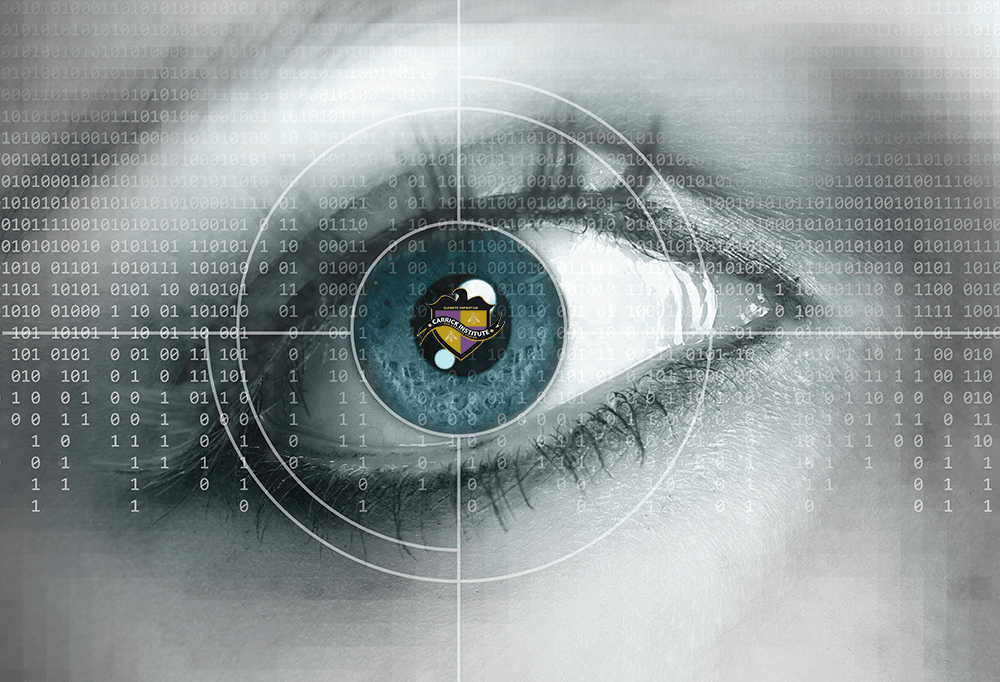Pupillometry is not just a metric to test the optical ability or changes that affect vision, but also a key factor for finding out neurological disorders and cerebral trauma before the disaster strikes. Measurement of pupils can effectively save lives. Measuring pupil dilation velocity with the help of a pupillometer can help understand how pupils work in different neurological conditions or trauma. The metrics will also be available through the modern NPi pupillometer devices.
A common concern for pupillometry is related to increased pressure in the cranial nerves. Pupillometers can detect the amount of pressure and dilation of pupils in response to the pressure. Pupillometry commonly assesses changes in pupil size and reactivity, which is not limited to the response to light.
Unlocking Precision:
Pupillometry, the percent change in pupil size in response to light, emerges as a beacon of accuracy in comparison to manual pupil assessment. Research indicates that pupillometry boasts a remarkable accuracy rate, detecting two-thirds of non-reactive pupils. In the realm of Anisocoria, a condition characterized by uneven pupil dilation velocity, pupillometry provides promising outcomes by identifying half of the cases that often elude practitioners using conventional methods.
Objective vs. Subjective:
One of the starkest differentiators lies in the objectivity of pupillometry compared to subjective assessments by practitioners. The concordance between the pupillometer and manual evaluation of pupil measurement reveals a surprising discrepancy. 18% discordance in Pupillary Light Reflex (PLR) and a significant 39% discordance in measurements involving small pupils (diameter < 2 mm) underscore the limitations of relying solely on subjective assessments.
The Unveiling of Pupil Chronicles:
The process of understanding the works of pupillometers for illuminating the potential of pupillometry as a tool for unveiling hidden insights into neurological health apart from ocular health is more inclined to the detailed pupil exam while considering neurological functionality tests with neurological tools. The precision offered by this method not only enhances the accuracy of detecting abnormalities but also transcends the boundaries of traditional assessment approaches.
Understanding the connection of cardiac health with pupillometry is a crucial factor to decode, as pupil measurement changes with the adversities of heart ratio. The ordeals the heart and brain are going through can be reflected through ocular measurements as pupil dilation velocity proves that. It can be a crucial step for deciding about the treatment measures.
Why Pupil Exam Matters
The pupil exam matters because it marks a paradigm shift in how medical science perceives and evaluates neurological health measures. The intricate details captured by pupillometry provide a nuanced understanding that can be pivotal in early detection and intervention. As the study delves deeper into this subject, the significance of adopting advanced technologies for pupil assessment becomes increasingly evident.
For a heart attack, the response of the pupil to lights would be slow. Dilation variation may also be a big thing to notice in terms of the neurological trauma followed by a heart attack. The mild strokes with lesser symptoms are commonly ignored or misjudged, as manual efforts instead of automated pupillometry cannot always detect the problems. That is why using an NPi pupillometer is crucial for detection.
Challenges and Considerations:
While the advantages of pupillometry are undeniable, it is essential to acknowledge the challenges and considerations that come with its implementation. The need for specialized training is a key aspect to address. It requires at least 6 months of training for the nurses and trainee medical assistants to understand the non-invasive technique of pupillometry with a modern pupillometer. The positive aspect of this training can help save time for checkups and treatment by doctors.
Charting the Future of Pupil Assessment:
In the dynamic landscape of medical advancements, pupillometry emerges as a beacon guiding toward a promising medical future where precision and objectivity redefine the need for pupil measurement for acute health issues and trauma treatment. Understanding the techniques of measuring pupil dilation velocity can serve as a roadmap for correctional treatments and urgent treatment measures that may help lives thrive rather than be cut short. It can be counted as one of the key features in modern optometry and health measurement which beholds a possibility to alter the mindset for looking beyond the conventional treatment methods.
